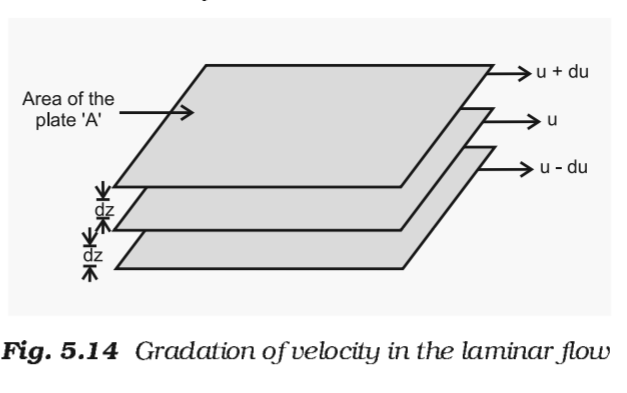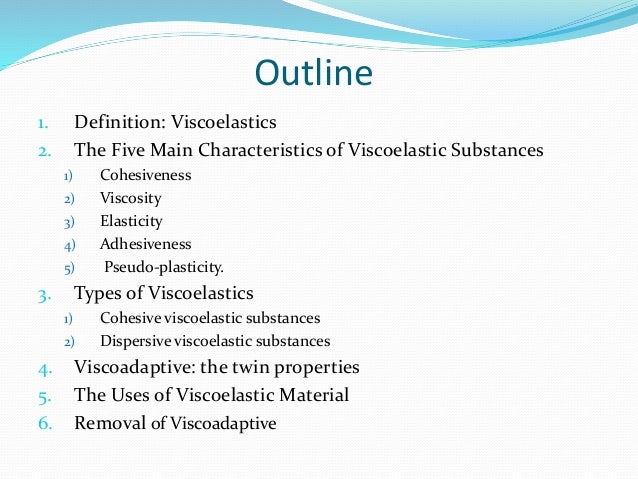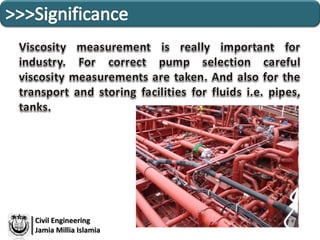

In fact, syn-resurgence eruptions, when present, usually cluster outside or along the border of the resurgent area (e.g., Toba, Ischia, Valles and Siwi Fig. Renewed magma injection may occur either into the former magma reservoir 13, 22, 23, 24, 25, and/or as shallower sills or laccoliths within the altered intracaldera deposits 7, 26, 27, 28, 29.Ī crucial point is that there has not been any attempt to explain why the newly intruded magma largely stagnates at depth, promoting the resurgence, rather than reaching the surface. This suggests a temporal decoupling between caldera collapse and resurgence and that the magma intruded responsible for resurgence should not be the residual magma left in the reservoir after collapse rather, the injection of new magma is expected to drive resurgence. However, the onset of resurgence, when better constrained, occurs up to a few tens of ka after caldera collapse (Table 1), showing that resurgence does not immediately follow caldera formation. Current models commonly relate resurgence to the input of new magma 13, 22, possibly stimulated by the pressure drop following a caldera-forming eruption 23. While many studies have investigated and explained the causes of caldera collapse 19, 20, 21, the processes controlling caldera uplift, or resurgence, have been rarely investigated. In explaining resurgence and its related features, we provide the theoretical background to account for the transition from magma eruption to accumulation, which is essential not only to develop resurgence, but also large magma reservoirs. Experiments show that this viscosity contrast provides a rheological barrier, impeding the propagation through dikes of the new injected magma, which stagnates and promotes resurgence. Thermal modelling suggests that a magma reservoir develops a growing transition zone with relatively low viscosity contrast with respect to any newly injected magma. Here we use thermal and experimental models to define the conditions promoting resurgence. Why magma accumulates, driving resurgence instead of feeding large eruptions, is one of the least understood processes in volcanology.

Equally impressive is the uplift of the caldera floor that may follow, dubbed caldera resurgence, resulting from magma accumulation and accompanied by minor eruptions. Send us feedback about these examples.Calderas are impressive volcanic depressions commonly produced by major eruptions.

These examples are programmatically compiled from various online sources to illustrate current usage of the word 'viscosity.' Any opinions expressed in the examples do not represent those of Merriam-Webster or its editors. 2019 And, in fact, the viscosity of the liquid had nothing to do with that base ingredient. Yvette Cendes, Discover Magazine, 20 Mar. 2022 The universe is modeled as a fluid, in large scales, so Disconzi’s work proved instrumental in starting to understand cosmic viscosity. 2023 The equations at the center of the new work were written down by Leonhard Euler in 1757 to describe the motion of an ideal, incompressible fluid - a fluid that has no viscosity, or internal friction, and that cannot be squeezed into a smaller volume. Adrienne Bernhard, Popular Mechanics, 20 Mar. The Physics Arxiv Blog, Discover Magazine, 19 July 2021 In his 1687 work Principia, Sir Isaac Newton laid down the foundations of fluid viscosity, which led to the development of oil lubrication. John Timmer, Ars Technica, 21 July 2022 Roman and colleagues says that the viscosity of magma can change over time. 2022 To help avoid this, Cuberg mixes in additional chemicals (one of them is an organic chemical called an ether) to lower the viscosity and improve the stability. Jordana Cepelewicz, Quanta Magazine, 16 Nov. Pete Robins, Field & Stream, Perhaps the oldest and most prominent of these equations, formulated by Leonhard Euler more than 250 years ago, describe the flow of an ideal, incompressible fluid: a fluid with no viscosity, or internal friction, that cannot be forced into a smaller volume. Recent Examples on the Web The secret sauce is an improved drag grease that exhibits a low viscosity at rest but becomes more viscous immediately after drag start up.


 0 kommentar(er)
0 kommentar(er)
